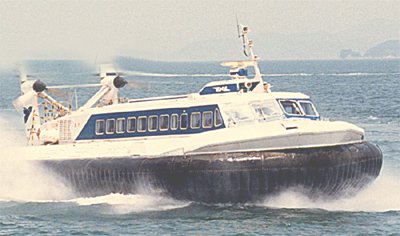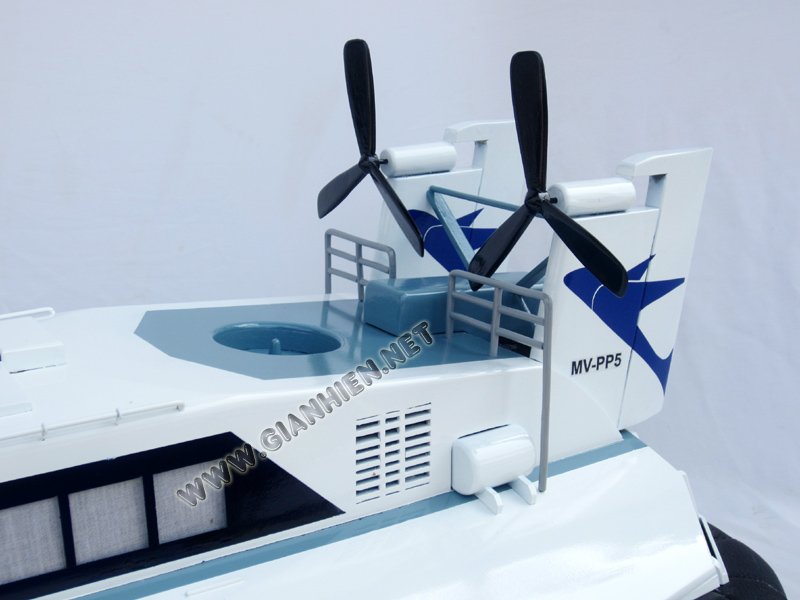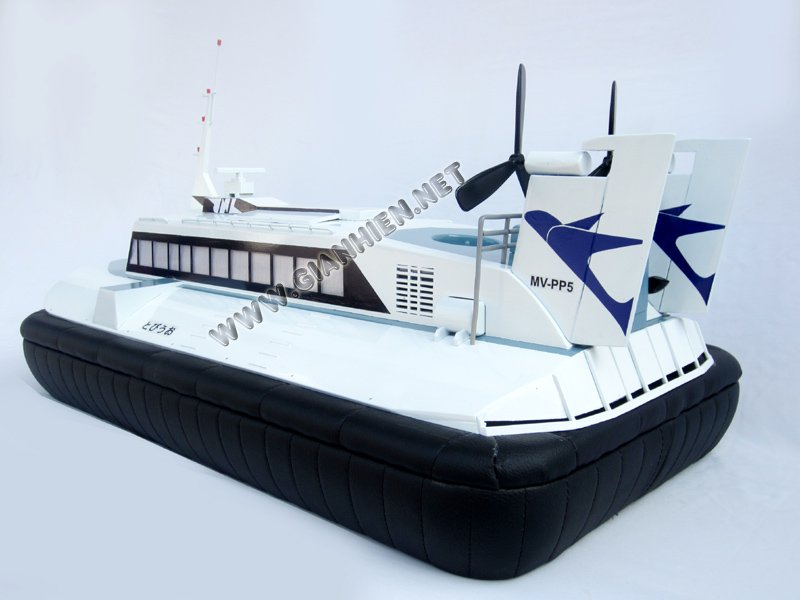|

HISTORY
In
brief
Hovercraft (Hovercraft) is a vehicle that can move snow without
distinction between a flat surface if ground water. Original is a
trademark, as the name is a common air-cushion vehicle (ACV = craft
air cushion). The engineering that are classified as aircraft
Mechanism
Hovercraft is getting a lift at the bottom of the hull to keep blowing
large amounts of air inhaled from the top. Bottom of the hull has been
dangling all around the wall for air cushion skirt known as synthetic
rubber, which holds in the air breathed high enough. All of the body
floating in the air for a full boat that leaks out of the air gap
between the ground and always from the bottom or side wall surface and
this does not occur on any flat surface contact resistance. To the
height of the cushion of air created by the skirt of this gap is even
greater irregularities, they can avoid exposure to the metal hull.
Can stop the compression of air to the skirt, just in contact with the
ground surface or the bottom of the hull air cushion is missing. To
the water to stay afloat even after such a situation on the water, the
hull is equipped with a structure similar to the boat watertight.
In almost all models are equipped with propeller power to get promoted
to press the air like an airplane, some models have a screw propeller
in water in exceptional circumstances. Can navigate quickly and
without the resistance of the ground because of the rising water.
Outside the swamp can be used in place of flat land if failure to
become uneven and, in fact, often used in water, but most are treated
as a ship. A kind of zero-velocity plane.
Origin
history:
1877
Thornycroft British engineer John was (John Isaac Thornycroft) and
devised to reduce the water resistance of the ground effect, a
successful test of the model.
Hovercraft with a rigid bottom of the first fully operational,
Tomamyuru Austrian von Dagobert Dagobert Müller von Thomamuhl design,
the Imperial Navy of Austria-Hungary (Kaiserliche Königliche
Kriegsmarine there is any) is built by "Seearsenal" is. 1915 was
completed in. Overall length 13m, width 4m, 5-seat was 32 knots. Early
research hovercraft, development was carried out in the empire of
Austria-Hungary, was canceled because of financial difficulties.
Konstantin Tsiolkovsky (Konstantin Tsiolkovsky) Article by "Air
Resistance and the Express Train". (1927 years), the calculation they
have been written about the rising air and ground effects from a
scientific perspective first , a Soviet engineer Vladimir Refukofu
based on it (Vladimir Levkov) began the development of air-cushion
craft, the mid-1930 was built about 20 experimental torpedo boat
attack by air-cushion ships. L-1 is the first prototype is very
simple, the catamaran-type was equipped with three engine aircraft.
The two air-cooled engine based on M-11 is built into the horizontal
plane, was used to promote third base. In the experiment 130km / h
were recorded. The ship was to sail the water of the fastest fall into
this category.
21 current century, the inventor of the hovercraft-style skirt with a
soft air has become mainstream is Christopher Cockerell of the United
Kingdom. Cockerell in 1952 in the Island of Wight to make a boat No.
1, 1955 were brought to the firm adopted a shipbuilding and commercial
aircraft maker was a prototype. Secretly developed under the support
of British troops there, 1959 was successfully demonstrated to cross
the Strait of Dover and was a prototype. Then, as high waves and
obstacles to be crossed, the inventor of the rubber air skirt.
|










